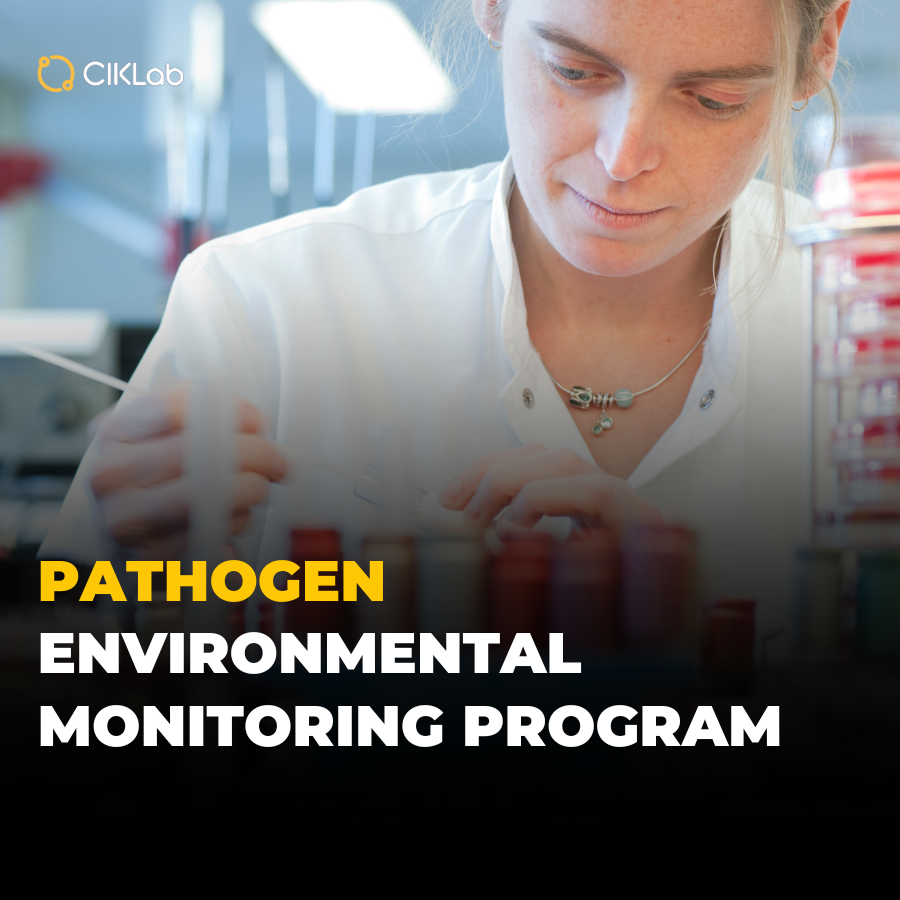PFAS, or Poly- and PerFluoroAlkyl Substances, are synthetic chemical compounds that are omnipresent in our environment. Used in a multitude of industries since the 1950s, their resilience and persistence have led them to be nicknamed "eternal chemical substances." They can contaminate many food products, but here are 7 essential laboratories to analyze them !
 Summary :
Summary :- What is the nature of PFAS?
- What are the health effects of PFAS ?
- Where are PFAS found ?
- What matrices are affected by PFAS contamination ?
- What regulations exist for PFAS in food ?
- What analysis methods are used to quantify PFAS ?
- Which laboratories analyze PFAS ?
- Example of an incident attributed to PFAS
What is the nature of PFAS?
PFAS (Poly- and PerFluoroAlkyl Substances) are a family of synthetic chemical compounds that include PFOA (perfluorooctanoic acid), PFOS (perfluorooctane sulfonate), and other similar compounds. These substances (> 4000 molecules) are characterized by extremely strong carbon-fluorine bonds, making them resistant to degradation and persistent in the environment. For this reason, PFAS are often called "eternal chemical substances."
What are the health effects of PFAS ?
The health effects due to the toxicity of these chemical compounds are numerous: increased cholesterol levels, cancers, effects on fertility and fetal development. They are also suspected of interfering with the endocrine (thyroid) and immune systems. EFSA
Where are PFAS found ?
PFAS have been used since the 1950s in a wide range of industries due to their unique characteristics, especially their amphiphilic nature. Source: The Swedish Chemicals Agency (KEMI)
- Electronics: Resistant and non-conductive, waterproofing.
- Cosmetics: Components of certain creams and polishes: hydrophobic and lipophobic properties.
- Textiles: Mechanical and hydrophobic properties.
- Medical Devices: Resistant to dirt and oil.
- Printing, Paint, Adhesives: Surface tension, wetting flow.
- Paper and Food Packaging: Grease-resistant and hydrophobic.
- Cleaning Products: Surfactants.
- Fire-Fighting Foams.
- Pesticides.
The Stockholm Convention has allowed:
- Restricting the production and use of PFOS since 2009.
- Banning the import, export, and production of PFOA since 2020.
- Prohibiting the production and use of PFHXs since 2022.
What matrices are affected by PFAS contamination ?
PFAS can be found in a variety of food products, mainly due to the contamination of water and soil. Fish and other seafood, as well as animal-derived products, can accumulate PFAS. Additionally, some food packaging containing PFAS can transfer these compounds to the food (migration).
How do PFAS enter the food chain?
PFAS can enter the food chain in several ways:
- Contamination of irrigation water or drinking water.
- Absorption by plants from contaminated soils.
- Accumulation in the tissues of animals that consume contaminated water or food.
- Migration of PFAS from treated food packaging.
What regulations exist for PFAS in food ?
Since January 1, 2023, PFAS have been regulated in certain animal-derived food products (Regulation EC 2023/915). The maximum levels to be adhered to concern PFOS, PFNA, PFOA, PFHxS, and the sum of these four.
What analysis methods are used to quantify PFAS ?
The detection and quantification of PFAS in food products are primarily carried out using liquid chromatography coupled with mass spectrometry (LC-MS/MS). This method allows for effective separation of different PFAS and precise detection at low concentrations.
The Implementing Regulation (EU) 2022/1428 specifies the sampling methods and performance criteria for analysis methods.
Which laboratories analyze PFAS ?
There are many laboratories that analyze PFAS across various matrices such as food products, water, and MCDA (food contact materials). 💡Some offer preliminary screening approaches that can be less expensive than a complete PFAS analysis, like T.O.F (Total Organo Fluorine) for instance. Some laboratories have recently started offering AOF (Adsorbable Organic Fluor) analysis.

Example of an incident attributed to PFAS
One of the most publicized incidents related to PFAS is the contamination of drinking water near industrial sites where these chemicals were manufactured or used. For instance, in certain regions of the United States, the contamination of drinking water by PFOA and PFOS was linked to Teflon manufacturing plants. Long-term exposure to PFAS has been associated with various health issues, such as reproductive disorders, a decreased immune response, and certain types of cancer.
Source: "Health Effects of Per- and Polyfluoroalkyl Substances (PFAS)", Centers for Disease Control and Prevention (CDC), 2018.




